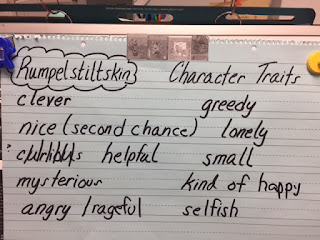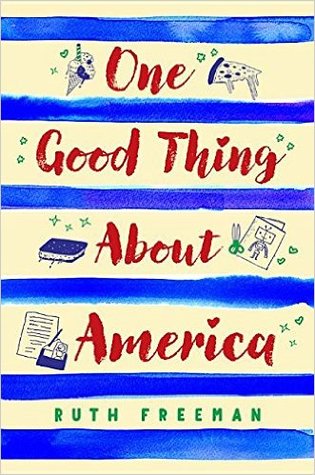Life comes at you fast, doesn't it?
Last Friday morning, I posted a Billy Collins poem that was snort-worthy. I loved following the comments and seeing the plan for this week's Billy-palooza develop, but I was not able to make my usual rounds and comment on others' blogs, because...
...last Friday evening, life (and the floor) came at my mom fast -- she fell, breaking her hip, arm and wrist, earning her a helicopter ride to Denver. She had a partial hip replacement on Saturday, and she's scheduled to have surgery on her arm and wrist today.
For today's poem, I borrowed lines from Billy's poems.
THOUGHTS FROM BESIDE MY MOTHER’S HOSPITAL BED
This is the middle.
Things have had time to get complicated,
messy, really. Nothing is simple anymore.¹
I surmised as a bar of sunlight illuminated my orange juice,²
this is the cycle of life.
I say to no one,
this is the wheel of fortune³
and
the moon in the window seems to have drifted
out of a love poem that you used to know by heart.⁴
Hours, days, and months are but the rags of time,⁵
so
why do we bother with the rest of the day,
the swale of the afternoon,
the sudden dip into evening,
then night with his notorious perfumes,
his many-pointed stars?⁶
Why, indeed.
But,
I was in the garden then, surrounded by the hum of bees
and the Latin names of flowers, watching the early light
flash off the slanted windows of the greenhouse
and silver the limbs on the rows of dark hemlocks.
As usual, I was thinking about the moments of the past,
letting my memory rush over them like water
rushing over the stones on the bottom of a stream.
I was even thinking a little about the future, that place
where people are doing a dance we cannot imagine,
a dance whose name we can only guess.⁷
Much gratitude to Billy Collins for providing me with the words for this poem:
¹Aristotle
²Cheerios
³Design
⁴Forgetfulness
⁵Memorizing “The Sun Rising” by John Donne
⁶Morning
⁷Nostalgia
Heidi has the All-Billy Birthday Extravaganza (plus other assorted poetry posts, including the Poetry Sisters' Ekphrastic Poetry Challenge) at My Juicy Little Universe.




















